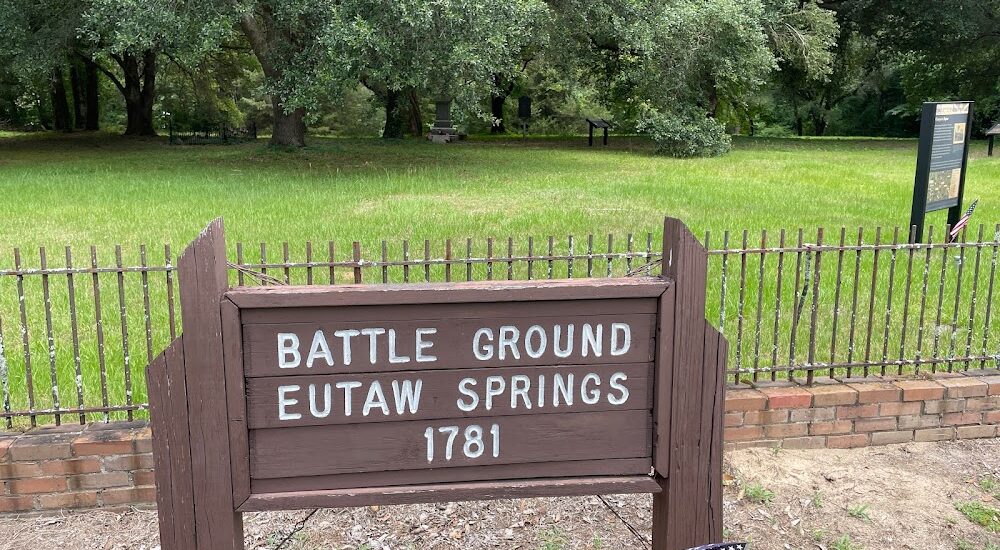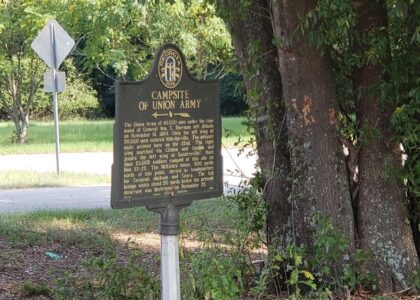Welcome to the Eutaw Spring Battlefield, a place where history echoes through the trees and tells the tale of a pivotal moment in the American Revolutionary War. This battlefield, located near Eutawville, South Carolina, was the site of the Battle of Eutaw Springs, fought on September 8, 1781. It was the last major engagement in the Carolinas during the Revolutionary War, marking a turning point in the struggle for American independence.
The battle unfolded as Major General Nathanael Greene, a key figure in the Continental Army, led his forces against the British troops commanded by Colonel Alexander Stewart. Greene, known for his strategic brilliance and resilience, was determined to diminish British control over the southern territories. Under his command, American forces had previously engaged in several battles that, while not always victorious, gradually eroded British influence.
On that September morning, Greene’s army launched an attack on the British encampment at Eutaw Springs. The initial assault was successful, with the Americans managing to push the British back and capture their camp. However, the tide turned when British forces regrouped and counterattacked, forcing Greene’s men into an orderly retreat. Despite this, the battle severely weakened British hold over the region, leading to their eventual withdrawal to Charleston and Savannah.
While the battle itself was technically a British victory due to their retention of the field, strategically, it was a win for Greene and the American forces. The high casualties and the inability of the British to reinforce their positions meant that their control in the South was effectively broken. This outcome played a significant role in leading to the eventual surrender of British forces at Yorktown a month later, effectively ending the war.
Today, Eutaw Spring Battlefield stands as a testament to the resilience and tenacity of those who fought for American independence. The site includes markers and memorials that provide insights into the battle’s dynamics and its historical significance. As you walk these grounds, imagine the sounds of musket fire and the determination of soldiers fighting for a nascent nation’s future.



